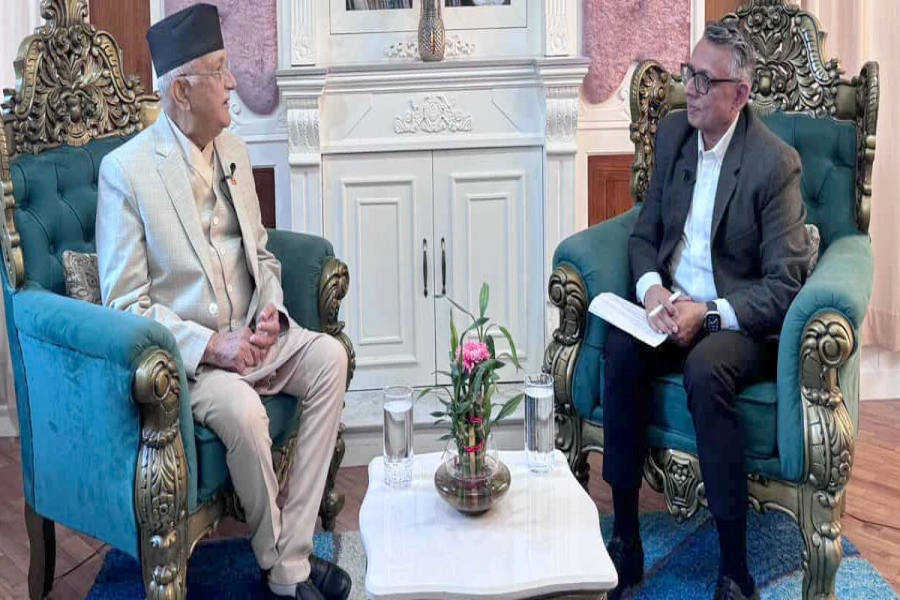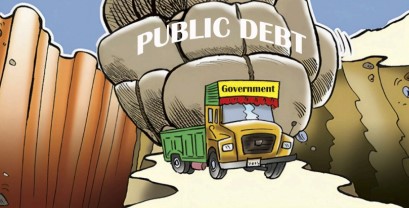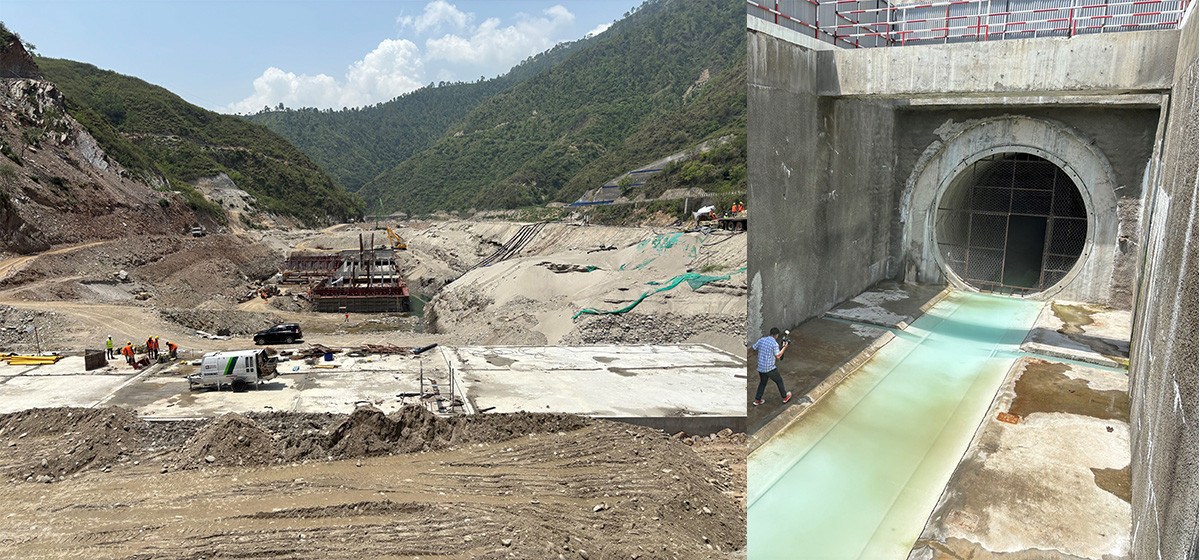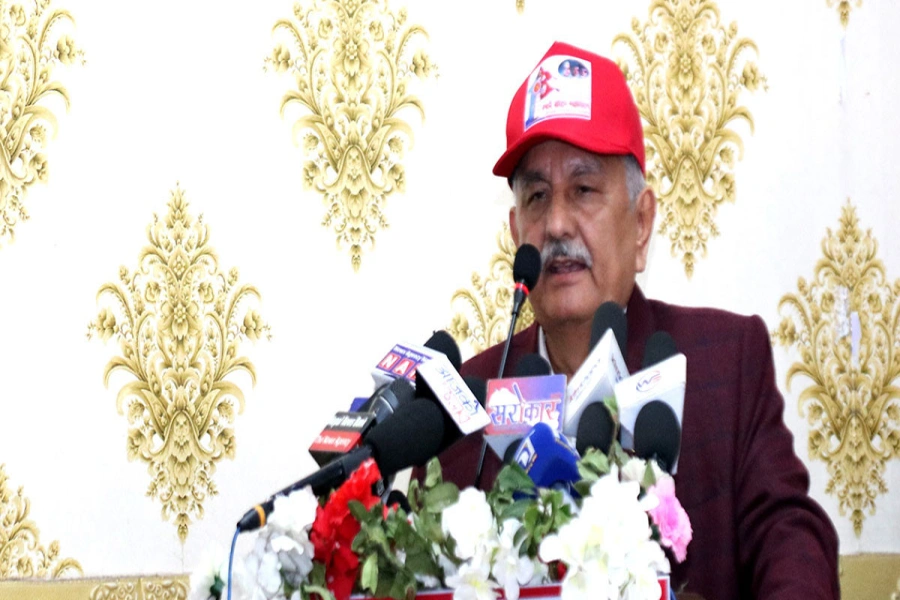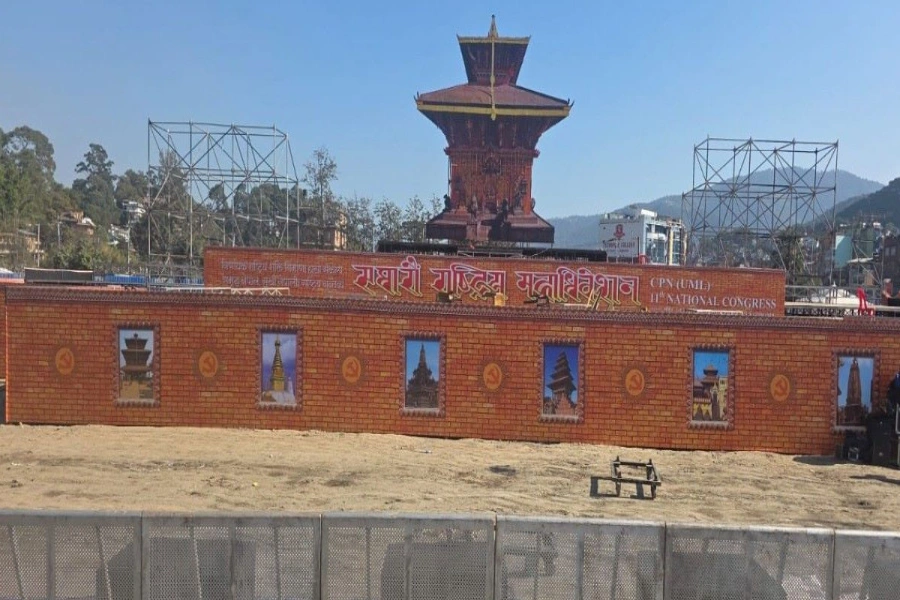KATHMANDU, June 20: Nepal’s public debt has crossed Rs 2.65 trillion as of 14 June 2025, according to the Public Debt Management Office. This marks a sharp increase from Rs 2.62 trillion just a month earlier. During the first 11 months of the current fiscal year, the government borrowed Rs 414.19 billion, while repaying Rs 266.65 billion in principal. The net increase in public debt during this period stands at Rs 220.58 billion.
One major contributor to the rising debt burden is the depreciation of the Nepali rupee. The exchange rate climbed from Rs 134 to Rs 138 per US dollar, which added an additional Rs 73 billion to the country’s debt load, since foreign loans must be repaid in the original currency.
Currently, domestic debt stands at Rs 1.72 trillion, making up 22.31 percent of the GDP, while external debt is at Rs 1.82 trillion, or 24.23 percent of GDP. Combined, public debt now accounts for approximately 43.47 percent of the GDP. Despite meeting nearly 95 percent of the domestic borrowing target, the government has achieved only about 46 percent of its external borrowing goal. Analysts attribute this gap to slow progress in capital expenditure projects, which typically determine the release of foreign aid and loans.
Public debt exceeds Rs 2.434 trillion, increasing by over Rs 30...

As of mid-June, the government has spent Rs 329.6 billion on debt servicing—Rs 223.35 billion on loan repayments and Rs 106.25 billion on interest. The total budgeted amount for debt servicing this fiscal year is Rs 402.85 billion, out of which over 81 percent has already been used.
Experts have raised concerns over the sustainability and effectiveness of Nepal’s growing debt. According to Nepal Rastra Bank, public debt has grown at an average annual rate of 19 percent over the past eight years. Domestic debt has increased by nearly 23 percent annually, outpacing external borrowing. A decade ago, Nepal’s public debt was around Rs 623 billion; today, it is more than four times that figure.
The surge in debt is largely attributed to reconstruction after the 2015 earthquake, implementation of federalism, and pandemic-related spending. A high-level economic reform commission, led by former Finance Secretary Rameshore Khanal, has warned that while the volume of debt is increasing, GDP and revenue growth are not keeping pace—leading to a rising share of government spending being used for debt repayment.
The commission’s report emphasizes that unless public debt is used efficiently and for productive projects, Nepal risks falling into a debt trap. It also warns that increasing debt servicing obligations could reduce available funds for essential services like health, education, and national security.
The report recommends limiting borrowing for administrative and recurrent expenditures and using internal loans only for projects that demonstrate strong financial and economic returns. It also urges the government to incorporate internal borrowing into the budget structure, particularly at the provincial and local levels, and focus on infrastructure, production, and capital-building initiatives.
The National Natural Resources and Fiscal Commission has echoed similar concerns, advising the government to tighten controls on unproductive spending and adopt stricter criteria for approving loan-financed projects.











